| Lesson 6 | Overview of Site Links |
| Objective | Site Links role in replication |
Active Directory Site Links
Active Directory Site Links are indeed a critical tool for intersite replication in your Active Directory environment. They play a vital role in directing and controlling how directory changes replicate between domain controllers located in different sites.
Here's a breakdown of how Site Links work:
Overall, **Active Directory Site Links are essential for maintaining consistent and up-to-date directory information across geographically dispersed sites**. They ensure efficient replication traffic flow, optimize network bandwidth usage, and provide administrators with flexibility in managing the replication process. As an Active Directory Administrator, understanding and managing Site Links is crucial for maintaining the health and performance of your domain. Do you have any specific questions about Site Links or how they interact with your environment? I'd be happy to help!
Here's a breakdown of how Site Links work:
- Definition: Site Links are Active Directory objects that define the logical paths for intersite replication traffic. They specify which sites belong together and can communicate as a single unit based on their network connectivity characteristics.
- Connectivity: Each Site Link is configured with an Intersite Transport protocol (usually RPC over IP or SMTP) and a cost value, representing the relative bandwidth between the linked sites.
- Routing: The Knowledge Consistency Checker (KCC) uses Site Links to determine the optimal replication paths between sites. It chooses the path with the lowest cost (fastest connection) to ensure timely and efficient replication of directory changes.
- Control: Site Links also offer granular control over replication. You can configure schedules, filter directories being replicated, and even designate specific domain controllers as "bridgehead servers" to handle intersite communication.
Overall, **Active Directory Site Links are essential for maintaining consistent and up-to-date directory information across geographically dispersed sites**. They ensure efficient replication traffic flow, optimize network bandwidth usage, and provide administrators with flexibility in managing the replication process. As an Active Directory Administrator, understanding and managing Site Links is crucial for maintaining the health and performance of your domain. Do you have any specific questions about Site Links or how they interact with your environment? I'd be happy to help!
Tools for intersite replication: site links and site link bridges
When you configure replication between sites, two additional objects are available to help control the replication topology: site links and site link bridges. An efficient, reliable replication schema depends on the configuration of site links and site link bridges.
An overview of Site Links
A site link is an object that represents a connection between sites that can carry traffic at a uniform cost.
As an administrator, you associate sites with site links, creating an optimized, cost-effective replication scheme.
When you configure a site link, you specify values for cost, interval, and schedule. The KCC uses these values to manage replication between sites.
The following slide show below demonstrates this:
When you configure a site link, you specify values for cost, interval, and schedule. The KCC uses these values to manage replication between sites.
The following slide show below demonstrates this:
Configuring Site link in Active Directory
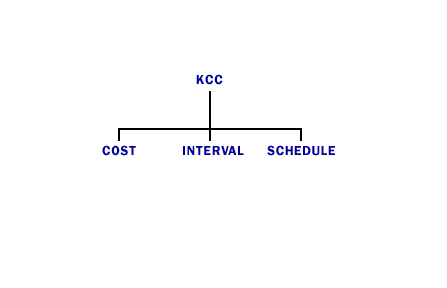
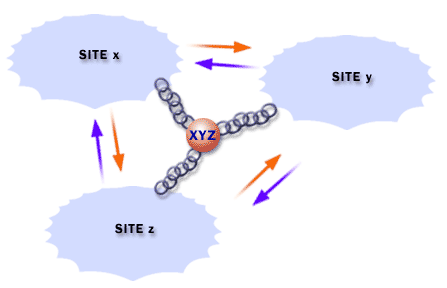
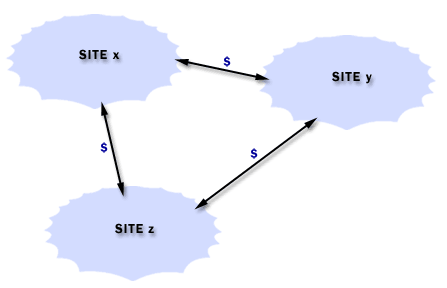
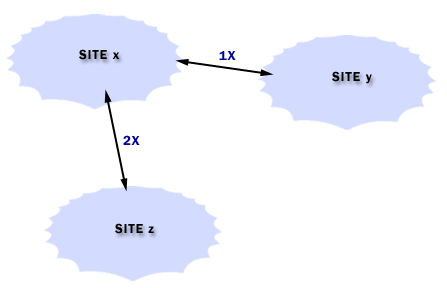
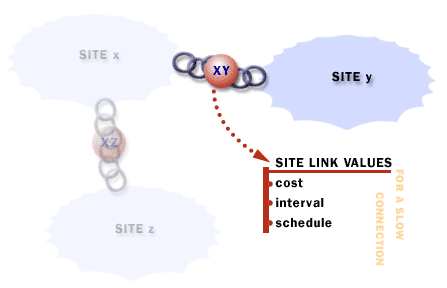
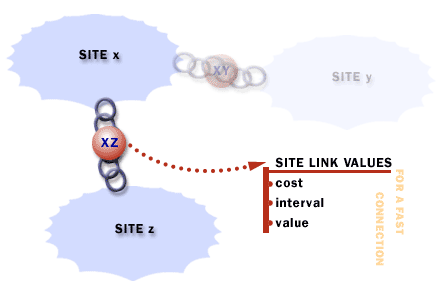
How do I configure Site link in Active Directory
In Active Directory, a site link is a logical connection between two or more sites that enables domain controllers in different sites to replicate directory data with each other. Site links are used to replicate directory data between sites in a multiple-site network.
To configure a site link in Active Directory, follow these steps:
To configure a site link in Active Directory, follow these steps:
- Open the Active Directory Sites and Services console. You can do this by going to
Start -> Administrative Tools -> Active Directory Sites and Services.
- In the console tree, expand the Sites container and then select the Inter-Site Transports folder.
- Right-click the folder and select New Site Link.
- In the New Object - Site Link dialog box, enter a name for the site link and select the sites that you want to include in the link.
- Click OK to create the site link.
- To modify the properties of the site link, right-click the site link and select Properties.
- In the Properties dialog box, you can modify the following settings:
- Replication Frequency: This setting determines how often replication between the sites will occur.
- Replication Schedule: This setting determines the specific times when replication between the sites will occur.
- Cost: This setting determines the relative cost of using the site link for replication. Higher cost values are used for slower or more expensive links.
- Transport: This setting determines the transport protocol that will be used for replication over the site link. The default transport is the Remote Procedure Call (RPC) over IP.